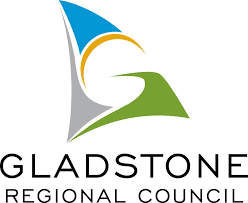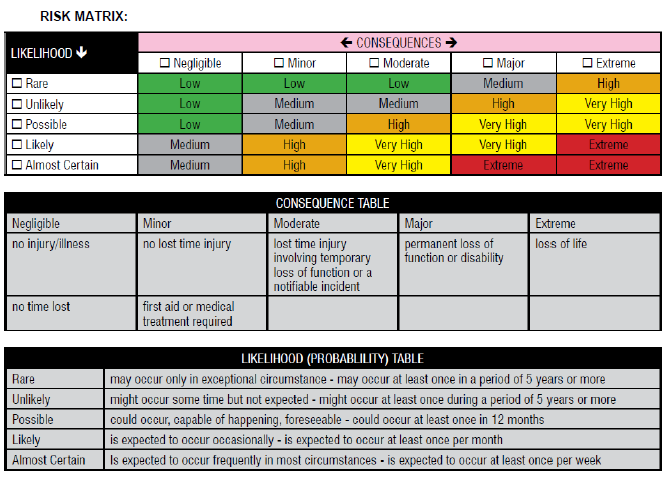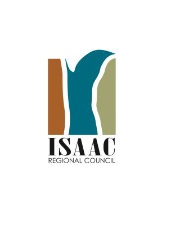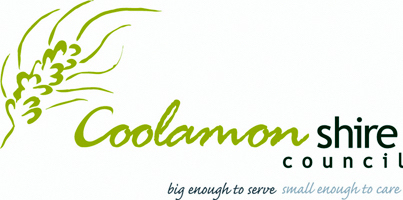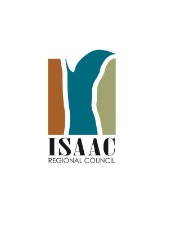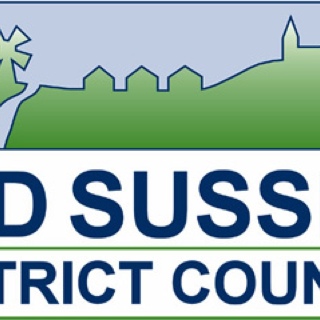Title Page
-
Conducted on
-
Prepared by
-
Location
Requirements
-
PURPOSE:
The purpose of this document is to provide guidelines for the identification of Hazards and Risks in
the workplace.
Suitable for all office areas including RTCs, Libraries and office buildings in depots. -
INSPECTION PROCEDURES:
1. Use this checklist to inspect for hazards in the Office buildings regularly.
2. WHSRs and Supervisors are to inspect for hazards as per the “Hazard Inspection Matrix”.
3. For any 'No"' answers take a photo as evidence
4. When completing the inspection, list improvement actions relevant to the hazard that can’t be rectified immediately or by raising a CSR. Note: When recommending control / corrective actions, always consider both short term and long-term control options.
7. The Safety BP's will compile an Actions List for the relevant Safety Committee meeting/s. The committee is to discuss the control / corrective actions (if necessary) and monitor if the Action List has been effectively completed, verified and signed off.
8. Supervisors are to discuss the checklist and Action List with their staff at the regular toolbox talk
or safety meetings.
9. Always conduct a risk assessment before any controls are implemented and a risk assessment after the controls are implemented to ensure the risk has been reduced.
SAFETY DISCUSSIONS DURING INSPECTION
-
Worker Name
1. Fire Protection
-
1.1 Are inspections up to date: (Record last inspection date)
-
Fire extinguishers?
-
Fire Blankets?
-
Hose Reels?
-
1.2 Is fire equipment marked with a Location Marker and Extinguishers with an ID/Type signs (above the fire equipment)?
-
1.3 Are all fire extinguishers accessible and clear from obstruction
2. Emergency Evacuation (Spot checks)
-
2.1 Are evacuation procedures/plans in place and current? (Current plans on cloud and ECM)
-
2.2 Are emergency assembly areas allocated, signed and understood?
-
2.3 Does a minimum of 1 practice drill occur per year?
-
2.4 Are warning systems/ Fire Panels audible in all areas? (Check with fire wardens)
-
2.5 Are all exits and evacuation paths kept clear?
-
2.6 Are the Emergency lights in working condition?
3. First Aid (Check the first aid kit register if unsure–ECM 3101088)
-
3.1 Are there sufficient first aid kits at the workplace?
-
3.2 Is a first aid sign displayed for the kit location?
-
3.3 Are first aid kits checked on a regular basis?
-
3.4 Is all content in date? (Expiry dates marked with an hour glass or “EXP”)
-
3.5 Does the contents of the kit agree with content list?
-
3.6 Is a sharps kit available?
4. Electrical (spot checks)
-
4.1 Is electrical equipment tested and tagged on a regular basis?
-
4.2 Are buildings protected by an RCD?
-
4.3 Is the RCD manually tested and tagged to ensure correct operation?
-
4.4 Are correct power boards in use?
-
4.5 Are leads kept neat and tide and not over walkways?
5. Signage
-
5.1 Are relevant signs displayed near equipment?
-
5.2 Are unauthorised entry signs displayed?
-
5.3 Are signs in good condition (not faded or damaged)?
-
5.4 Are sufficient signs in use – internally and externally including: Information signs (first aid, general signage, No Smoking, Shared Zones, PPE required?
-
5.5 Are out of service / danger tags available with evidence of use?
6. Hazardous Substances
-
6.1 Have all hazardous substances and dangerous goods been identified?
-
6.2 Are all chemicals and substances correctly stored?
-
6.3 Is there appropriate ventilation for both use and storage?
-
6.4 Are containers well marked/labelled correctly?
-
6.5 Is there a chemical register available on site including Safety Data Sheets (SDS)? (Check if several hazardous chemicals found in the workplace are in the register)
-
6.6 Are Risk Assessments available for hazardous substances & dangerous goods in the chemical register?
-
6.7 Does the cleaner’s cupboard comply with the requirements above?
7. Noise
-
7.1 Has a noise exposure survey been conducted for relevant equipment? (See the noise survey register-ECM 3136903)
8. Personal Protective Equipment
-
8.1 Is all PPE maintained in good condition?
-
8.2 Is appropriate PPE available and being used? (boots, hard hats, safety glasses, gloves, respiratory etc)
9. Equipment / Machinery
-
9.1 Are ladders in good condition? (no domestic ladders allowed - must be minimum 120kg rated)
-
9.2 Does any office equipment require guarding?
10. Amenities
-
10.1 Are adequate washrooms and lunchrooms facilities available?
-
10.2 Are washrooms and lunchrooms clean?
11. Workstations (spot checks)
-
11.1 Are all chairs easily adjusted from the seated position?
-
11.2 Are all workstations ergonomically set up (monitor, keyboard, chair, desk)?
-
11.3 Are foot rests provided for workstations and are they used?
-
11.4 Are document holders utilised for sedentary based typing work?
-
11.5 Are headsets available for employees who frequently utilise the telephone for extended periods of time?
-
11.6 Is there adequate lighting available for office space?
12. General
-
12.1 Are there adequate storage facilities?
-
12.2 Are bins provided and does regular waste removal occur?
-
12.3 Are items stored in their designated areas, in storage facilities provided?
-
12.4 Are floor surfaces in good condition without evidence of loose material, uneven surfaces, debris or worn carpeting?
-
12.5 Are corridors kept clear and unobstructed?
-
12.6 Do workers use good stacking and storage practices?
-
12.7 Are roadways and walkways in good condition?
-
12.8 Are parking areas well marked?
-
12.9 Is the exterior building structure safe without hanging objects, loose panelling, trip hazards, or any other hazard?
